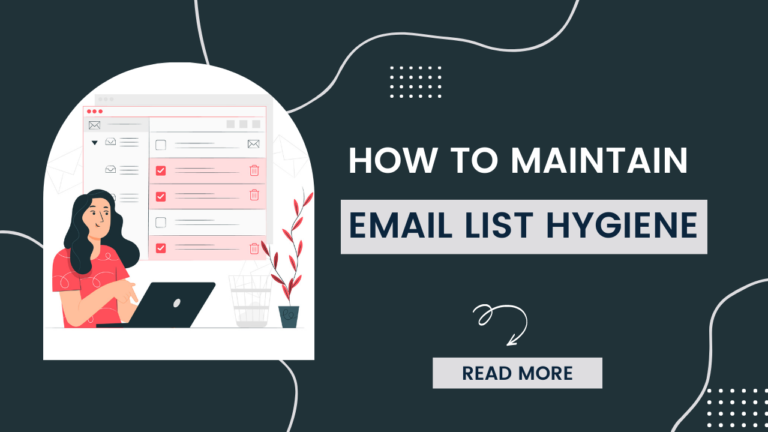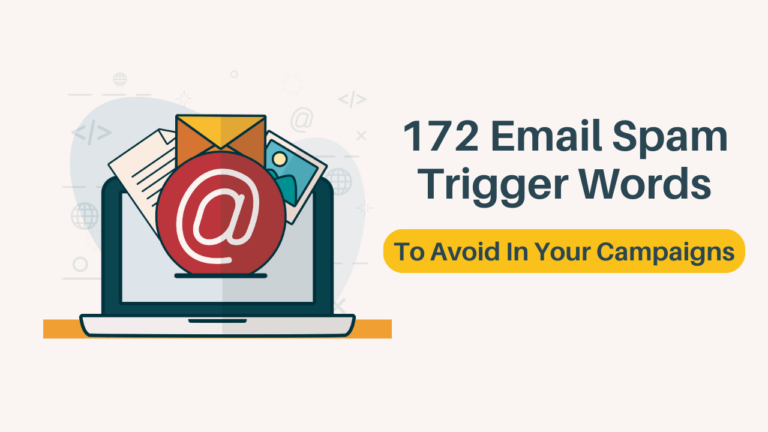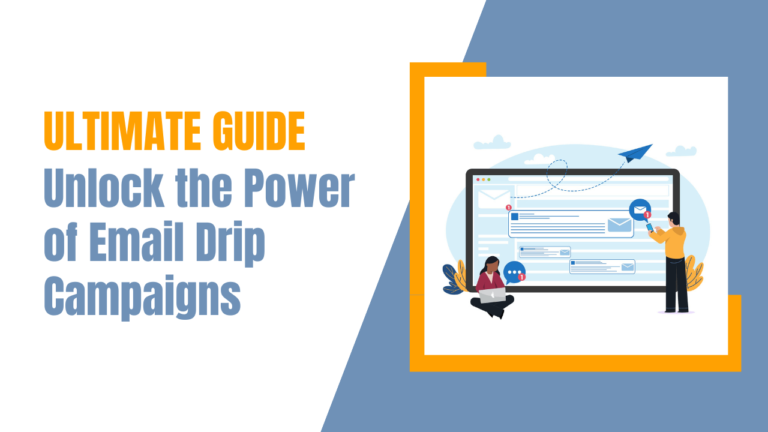B2C Email marketing is completely different from B2B email marketing because the products and audience types are significantly different. Therefore marketing topics and content are different in b2b and b2c.
In B2B, subscribers are putting more emphasis on thought leadership and comprehensive solutions for advanced problems is on style and design. This means that they are more willing to use longer form content, like white papers, eBooks, and useful case studies, if they think they could deliver the value they want.
In B2C, on the other hand, expect fast, eye-catching and smart emails that meet their specific needs and interests. Email content should deliver value in the form of short purchase cycle promotions and exclusive content. Plus, they want to receive emails that will stand out from the clutter of their inboxes instead of adding to it. In short, they want everything! And it’s the marketer’s job to deliver.
Must-Know B2C Email Marketing Tips for Effective Campaigns
1. Segmentation of Contact List
Segmentation of contact lists is a good practice for B2C marketers as it allows marketers to organize their overall email contact list into smaller lists and more targeted. This allows marketers to create email content that more directly meets the needs and interests of the audience.
While segmentation is a great tactic for B2B and B2C email marketing, it is arguably more important in the B2C arena because consumers are bombarded with emails all-day promotional, and B2C products typically resolve less complicated problems than B2B. This means that while the content is relevant, the stakes are higher in B2B, which creates a higher base level of interest. Segmentation is one of the most effective methods B2C marketers can use to overcome this basic level of interest and stand out in the inbox.
Usual segmentation criteria for B2C email marketing:
- Demographics (preference gender, age, location)
- History of past purchases
- Subscriber-specified preferences (preferred frequency, declared interests)
But, segmentation can take many different forms. Depending on the industry and audience, other dimensions such as website behavior, past email engagement behavior, and even psychography can also be great criteria for segmentation.
So while you can group followers based on any characteristics you can think of, it makes sense to segment people based on criteria that shape their preferences and buying habits. Whatever products or services you sell, it is almost guaranteed that you will have different groups of people who find value in different aspects of your business.
2. Personalize your Message
Consumers want to feel that your email was created especially for them, that’s why personalization is so important. Subscribers are more likely to ignore mass emails than personalized emails when their inbox is full. After all, there’s nothing quite like selecting a huge amount of emails and hitting delete when your inbox starts to get too crowded, right?
Personalizing your email content can speed up your engagement because it’s the easiest way to remove all the noise in the inbox.
Including a subscriber’s name or account number in an email is the most basic form of personalization. And now that most businesses use these basic tactics, they are also becoming largely ineffective in differentiating emails. These days, personalizing the marketing message to individual segments is the most effective way to personalization. Overcome the inbox crowd by personalizing email content to stand out among your different audience groups.
3. Appeal to Emotions
Tessa Wegert explains: ” On the consumer side, being an opinion leader is not really going to move the needle forward … Instead, B2C content marketing is often focused on the topics that consumers care about. ”
Effective B2C email marketing aims to meet the personal wants and needs of consumers. This emotional appeal can take the best evidence of a successful nonprofit partnership or a touching case study of how your product has really helped someone. Whatever form it takes, however, making the emotional point is the best way to reach consumers with a message that resonates.
4. Send Emails at the Right Time
B2C emails are much trickier! The best time to email for one business may be a complete failure for another (even in the same industry) due to nuanced differences in their audiences. Without testing the email sending times, you won’t know what will work best with your subscribers. When testing, you may even find that different segments have very different engagement models, which require personalized synchronization strategies for each.
Don’t be afraid to send e-mails during off-peak hours, such as late at night or early in the morning. Often, the reduced competition during these times results in much greater engagement. Learn more about the best time to send emails.
5. Launch Out the Window Formality
In B2C emails, you don’t need to be as buttoned-up as in B2B emails. In fact, some of the top performing consumer email campaigns from brands tend to be light, dumb, and irreverent. Have fun with your B2C emails by being smart and witty, using emojis, and connecting to social media.
B2C email marketing is all about letting go of showing your brand personality in a ‘sticky’ way. Create the kind of emails subscribers look forward to receiving and get excited about opening and sharing. The result will lead to organic growth of the mailing list and greater overall subscriber satisfaction.
6. Use Promotions to Your Advantage
B2C buying cycles like to be much smaller than B2B buying cycles. Consumers are more likely to make instant purchases if they see a good deal, which means promotional offers resonate more strongly with this audience. Have a powerful CTA in your email and offer discount codes or other promotions increases engagement and subsequent conversion rates.
Email promotions are made to purchase new products or upsell existing customers, this is the easiest way to win the B2C customer through email marketing. Limited-time discount codes work well to entice purchases to make quick purchases (especially during holiday shopping periods), and offering perks like free shipping for purchases of a certain size can help increase the average order value.
The bottom line of B2C email marketing is that the message should be about the consumer. If you seem impersonal or too commercial – it can work in B2B, where product and functionality are key – but it will send individual consumers running.
If you want to learn more about email marketing, subscribe to our newsletter at the top right of the page!







